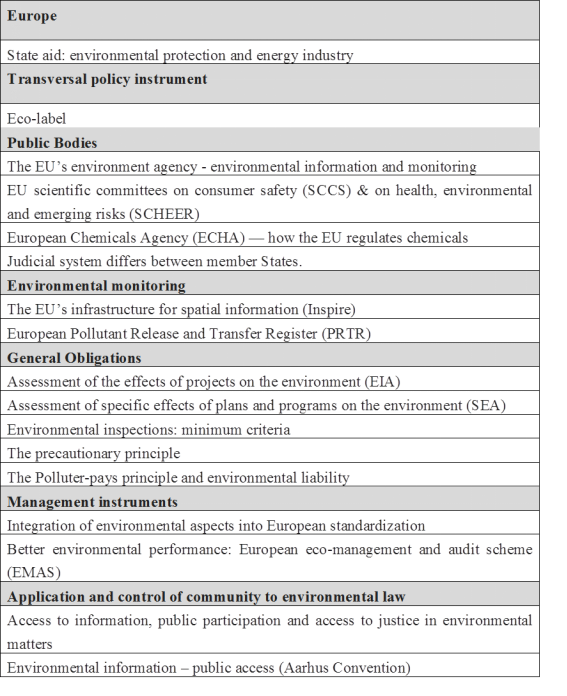The environment and EU-China trade relations
The environment and EU-China trade relations

This week we dedicate the article to describe the EU and China environmental policies and regulations.
RELEVANCE
Another European Government starts with a woman, Úrsula von der Leyen leading the European Commission. The new leader has adopted settlements with the ecologist groups in the Parliament before arriving at the presidency. This body has just introduced the Green Deal, led by the past President. The European Green Deal is a road map up 2050 that will include climate legislation accompanied by a strategic investment plan. This plan, between other commitments, establishes clear rules for internal and external investors in the long term and that the transition until neutrality is viable
During the 14th ASEM Foreign Ministers' Meeting in Spain, the State Councilor and Foreign Minister Wang Yi highlighted China's cooperation, especially with Central and Eastern European nations (China-CEE cooperation, or "17+1", which convenes China, 16 CEE countries and Greece). The cooperation could open up a significant gateway linking Asia and Europe.
Both events, celebrated on December 17th, will probably influence the next EU-China relations. These events could affect the interests and relationships for investors in the CEE countries as key parts of the Belt and Road Initiative. Despite the fact that the EU and China´s economies are mutually complementary and the great potential of their markets, Chinese investments and relationships within the EU territory will need to respect commitments with European quality and environmental policies. Tougher environmental standards for products and services will be required. European Green Deal means that Europe has to take steps against carbon leakage and ensuring that foreign producers of energy-intensive goods pay a similar cost for carbon inputs as European producers.
Besides a moderate ambitious position of China in the Madrid Climate Summit 2019, the internal approach for environmental matters shows that Chinese leadership already started to implement environmental protection measures and concerns about the environment are constantly increasing (China and the Environment I). The following picture shows that regulations and policies recently promulgated in China have further tightened environmental requirements. Most of these regulations are taking effect in 2019 and the tendency will not change in the future.

Source: A&Z own elaboration.
Among others, environmental regulations, the update of the Environmental Protection Law in China (2014) includes enhanced polluter punishments, allows qualified NGOs to file environmental public interest lawsuits, and enables the financial and technical support provided to companies (Soil Pollution Law: Compliances for Business).
In order to better design and implement China’s climate policies, institutional reform was arranged, the most notable change was the shift of the Climate Change Department from the National Development and Reform Commission (NDRC) to the recent established Ministry of Ecology and Environment (MEE).
If China seeks equivalent progress on implementing environmental instruments, there are many outstanding issues to be addressed. Basic regulation stated to reduce contamination on the soil(Soil Pollution Law: Compliances for Business), air and water needs to adopt a more homogeneous and developed scheme. In this sense, some steps have been completed: for example, the new regime of taxes will tax companies that generate pollution under a uniform set of national rules rather than the fees being collected at the local level.
In the short term, the most important thing is to ensure that existing legislation is actually being broadly implemented, but aiming to move forward towards a nationwide environmental protection levy as was done in Europe in the 90th decade.
For instance, we can observe as a case study, the following table that summarizes the main environmental instruments implemented in Europe.

Source: A&Z own elaboration.
Further parallels drawn between instruments established by the EU and China exist, for instance, the principle Polluter pays (China and the Environment I) and the management instruments (related to pollution taxes, emission trade market, as well as environmental policy implementation and control).
The legal basis for environmental policies already established in China is quite developed, although the overall implementation is still ongoing and some gaps remain in specific areas(China and the Environment I). When it comes to local policies, environmental standards are already considered as a driver on spatial planning.
Industry, sometimes, fears the environmental ‘tools’ such as CO2 taxes and inspections, however, new and demanding environmental requirements may also offer business opportunities. Application of more creative thinking is essential, especially if companies wish to internationalize in the European/Chinese markets, expanding investments and becoming success stories.



